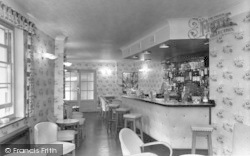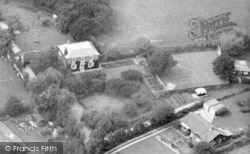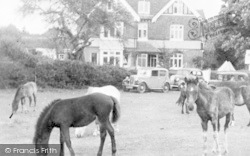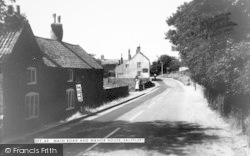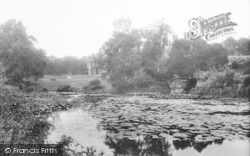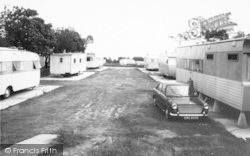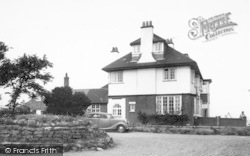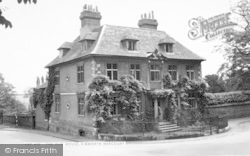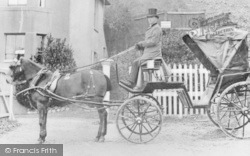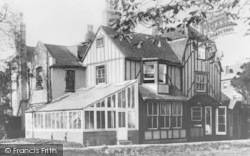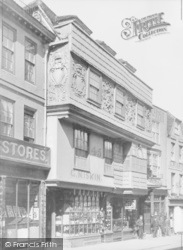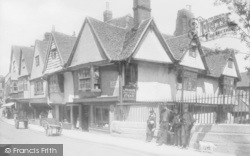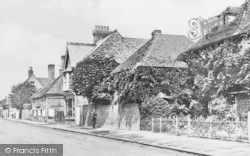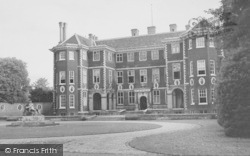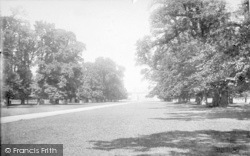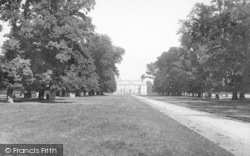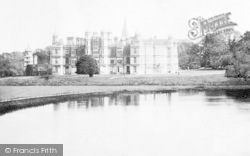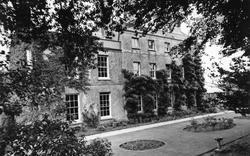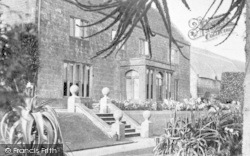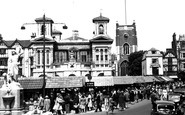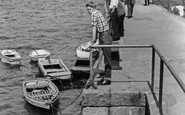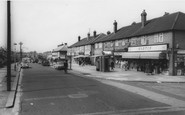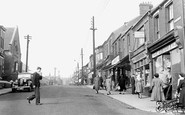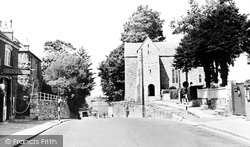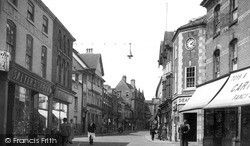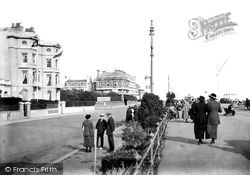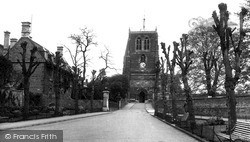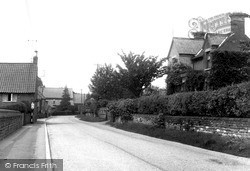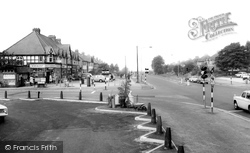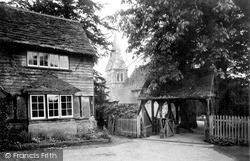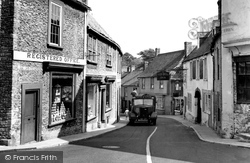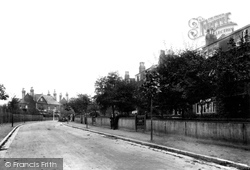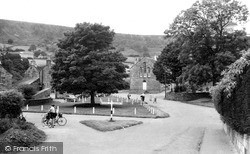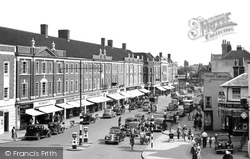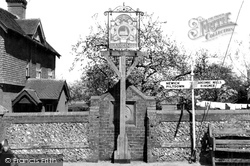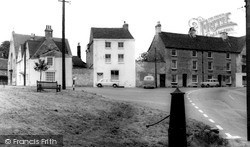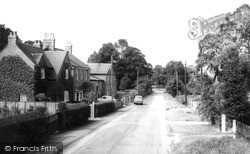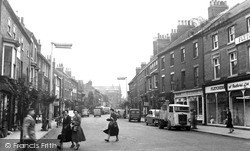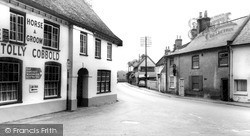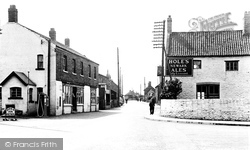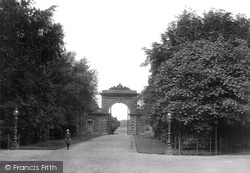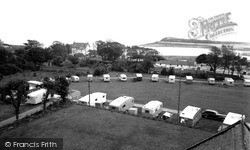Places
36 places found.
Those places high-lighted have photos. All locations may have maps, books and memories.
- Chatsworth House, Derbyshire
- Osborne House, Isle of Wight
- Brambletye House, Sussex
- Ickworth House, Suffolk
- Kingston Lacy House, Dorset
- Boscobel House, Shropshire
- Preshute House, Wiltshire
- Bolton Houses, Lancashire
- Brick Houses, Yorkshire
- Quaking Houses, Durham
- Water Houses, Yorkshire
- Bottom House, Staffordshire
- New House, Kent
- Mite Houses, Cumbria
- Lyneham House, Devon
- Church Houses, Yorkshire
- Dye House, Northumberland
- Spittal Houses, Yorkshire
- Street Houses, Yorkshire
- Tow House, Northumberland
- Halfway House, Shropshire
- Halfway Houses, Kent
- High Houses, Essex
- Flush House, Yorkshire
- White House, Suffolk
- Wood House, Lancashire
- Bank Houses, Lancashire
- Lower House, Cheshire
- Marsh Houses, Lancashire
- Chapel House, Lancashire
- Close House, Durham
- Guard House, Yorkshire
- Hundle Houses, Lincolnshire
- Hundred House, Powys
- Thorley Houses, Hertfordshire
- School House, Dorset
Photos
7,776 photos found. Showing results 1,001 to 1,020.
Maps
370 maps found.
Books
1 books found. Showing results 1,201 to 1.
Memories
10,360 memories found. Showing results 501 to 510.
Family
My great grandmother, Mrs Burbidge lived in the house on Charwelton Hill, three fields away from the main road. Mother said a tin box was left by the road where post, bread and groceries were left. Later, in 1941 my grandfather, gran and ...Read more
A memory of Charwelton in 1940 by
Follets
As one who was born in Kingston Hospital before WWII, I grew up not far away in Long Ditton. My job in the late 1940s was to go to Kingston Market on Christmas Eve and buy a goose for our Christmas dinner from Follets, when ...Read more
A memory of Kingston Upon Thames in 1948 by
Falmouth Fishstrand Quay C1960s
Ah yes, I remember going with my mother to Fishstrand Quay ice house to buy mackeral and crab. It was like a huge walk-in freezer with lots of large fridge doors and had massive latches on them with lots of ice ...Read more
A memory of Falmouth in 1960 by
Years Gone By From 1944 To Present Time
Hi, my name is Dot Dunn (nee Harmer). I've lived in Station Town and Wingate all my life and wouldn't want to live anywhere else and am still in contact with a lot of my school friends. I can still name ...Read more
A memory of Wingate in 1950 by
Dulcie Ann Haines Born Dagnall Street 8/11/1948
I was born in Dagnall Street but my nan and grandad owned the house and, as most of the children got married, [there were 9 of them] most were allocated a room of their own. I was born there, the ...Read more
A memory of Battersea in 1950 by
Perivale, 1964 1994
I was born at 194 Bilton Road in June 1964 and my name was Jackie Wall. I attended Perivale Nursery School, then the infant school and followed by the middle school. I was terrified of the headmistress Mrs Charlton, but ...Read more
A memory of Perivale by
Jenny Brough
Harry and Margaret Coupland (my Aunt) 1949/50s they had a market stall in Hull market. I remember visiting them, Harry had a large greenhouse in the garden full of tomatoes. Son, Peter and wife moved from a nissen hut into ...Read more
A memory of Kingston upon Hull in 1940 by
Always A Colliery Lass
I was born late 1959 at Little Thorpe Maternity Hospital. I lived in Arthur Street with my parents Alan and Ada Robson and my newly widowed grandfather Bob Mckee. My grandmother, Lizzie, sadly passed away a year ...Read more
A memory of Easington Colliery in 1964 by
Lost Village Of East Holywell
I was born in East Holywell in 1946 and lived at 24 North Row. By then there were only 2 rows of houses left. We lived with my grandmother, Eva Barnfather, who had been there since the turn of the century. Like ...Read more
A memory of East Holywell in 1950 by
Growing Up In Wandsworth
As a young schoolboy I lived in Wandle House off Garrett Lane which was owned by Peabody estates at that time. So, taking a walk from there, I can remember the rag and bone carts passing on their way home to the other ...Read more
A memory of Wandsworth in 1960 by
Your search returned a large number of results. Please try to refine your search further.
Captions
6,977 captions found. Showing results 1,201 to 1,224.
The view is northwards from North Street, down to the sign of the former Lord Nelson public house (centre). The garage of Northover and Company, coach-builders, is at No.75 (left).
With the rise in house prices and the sale of council houses in the late 20th century, working people and young couples looking for a place to start a family can find it very difficult to get
Thomas Hart established the first bank in Uttoxeter in the 18th century at the Bank House; the original safe can still be seen in situ today.
During the first two decades of the 19th century, the more affluent of Worthing's Georgian visitors often took over entire houses on a long lease, so that they could cater for themselves and also entertain
Built around its fine market place, it found new life in the 19th century when it joined Northamptonshire's boot and shoe industry with several factories and terraces of hard red Midland brick houses.
Many of the village houses are built of the local ironstone; this gives them a rusty red colour, the same as the houses in Denton.
The Victorian stepped gables, porch and Tudor-style windows of Old Castle House beyond mask a timber building of c1600. The adjoining Victoria Cottage with round-topped windows is dated 1839.
The development of Castle Bromwich really got under way in the 1930s with the Hodgehill Common housing estate.After the second world war, in which Castle Bromwich played a major part with its Spitfire
The fine Anglo-Saxon church of St Nicholas was a principal church in pre-Conquest times.The 18th-century Worth Abbey is on the site of a town house called Paddockhurst.
The house between the trees is Cosener's House, built on the site where the cosener or kitcheners lived – he was the medieval official who ran the Abingdon Abbey's kitchens.
This was a notoriously dangerous river; many houses well uphill from it have flood markers, particularly from the 1917 flood.
There are substantial houses with large dormers on the right, some of which still remain.
The small Cistercian abbey housing 10 nuns was formed in 1158. A tower is the only remaining part of the abbey itself.
New town planners distrusted the earlier, casual dispersal of houses and manufacturers along the same street, deciding that in future there would be zoning, with different areas of the town set
We are on the navigable River Ouse and an old Roman road. The flint-built church of St Mary is over-restored, with little of the original remaining. Court House is an altered 15th-century hall-house.
Once the centre of the Anglo-Saxon village, the Green is overlooked by houses mostly dating from the 16th and 17th centuries.
The road was named after Viscountess Southwell, who used to live at France Hill House in France Hill Drive; the house is now used for adult education.
The car is parked outside the former Congregational chapel, dated 1822, and converted to housing.
Its most famous building is the Governor's House, a 16th-century timber-framed house with three storeys of coved jetties.
Grove Street runs east from the Market Square, a mix of 18th- and 19th-century buildings, and a mix of shops and houses.
The dark façade hides an 18th-century timber-framed house. Set back behind the railings beyond is The Rosery, a red brick house of c1750, which stands opposite the parish church.
The house is now known as Glendower House and is a guesthouse.
Although designated as the main entrance to the parkland surrounding Lytham Hall, these impressive gates do not represent the most direct route to the house.
Situated to the right, beyond the low white building (later to become the Captain's Wife public house) is Sully Island.
Places (80)
Photos (7776)
Memories (10360)
Books (1)
Maps (370)


